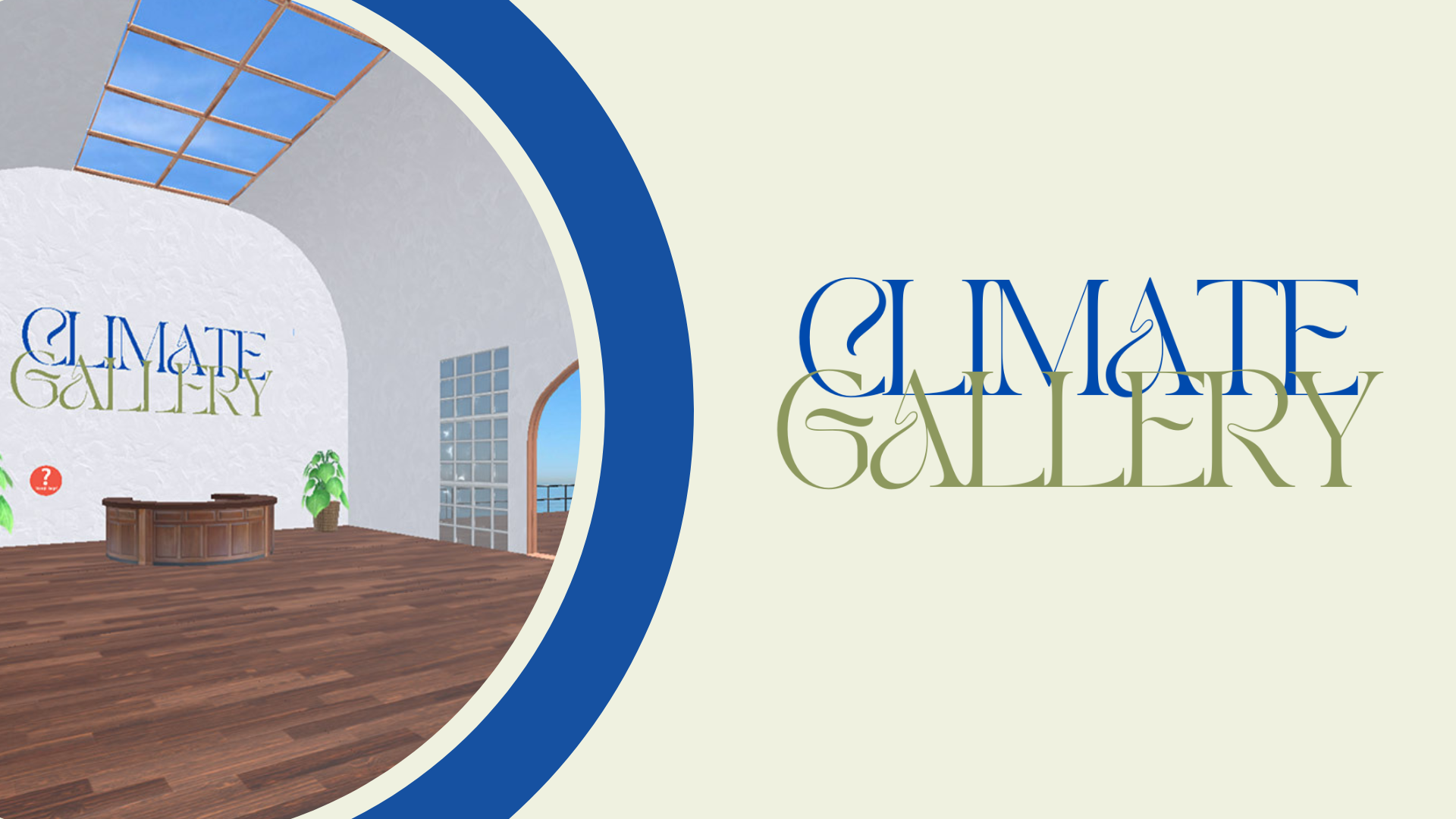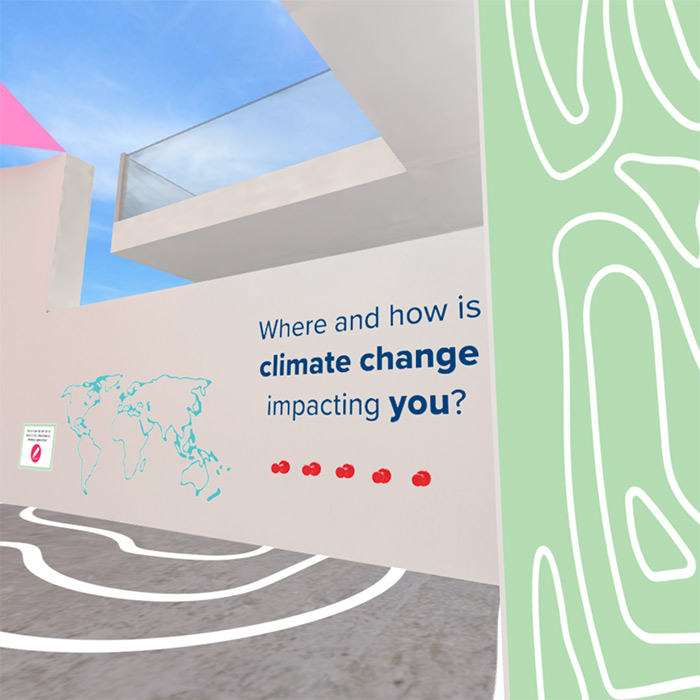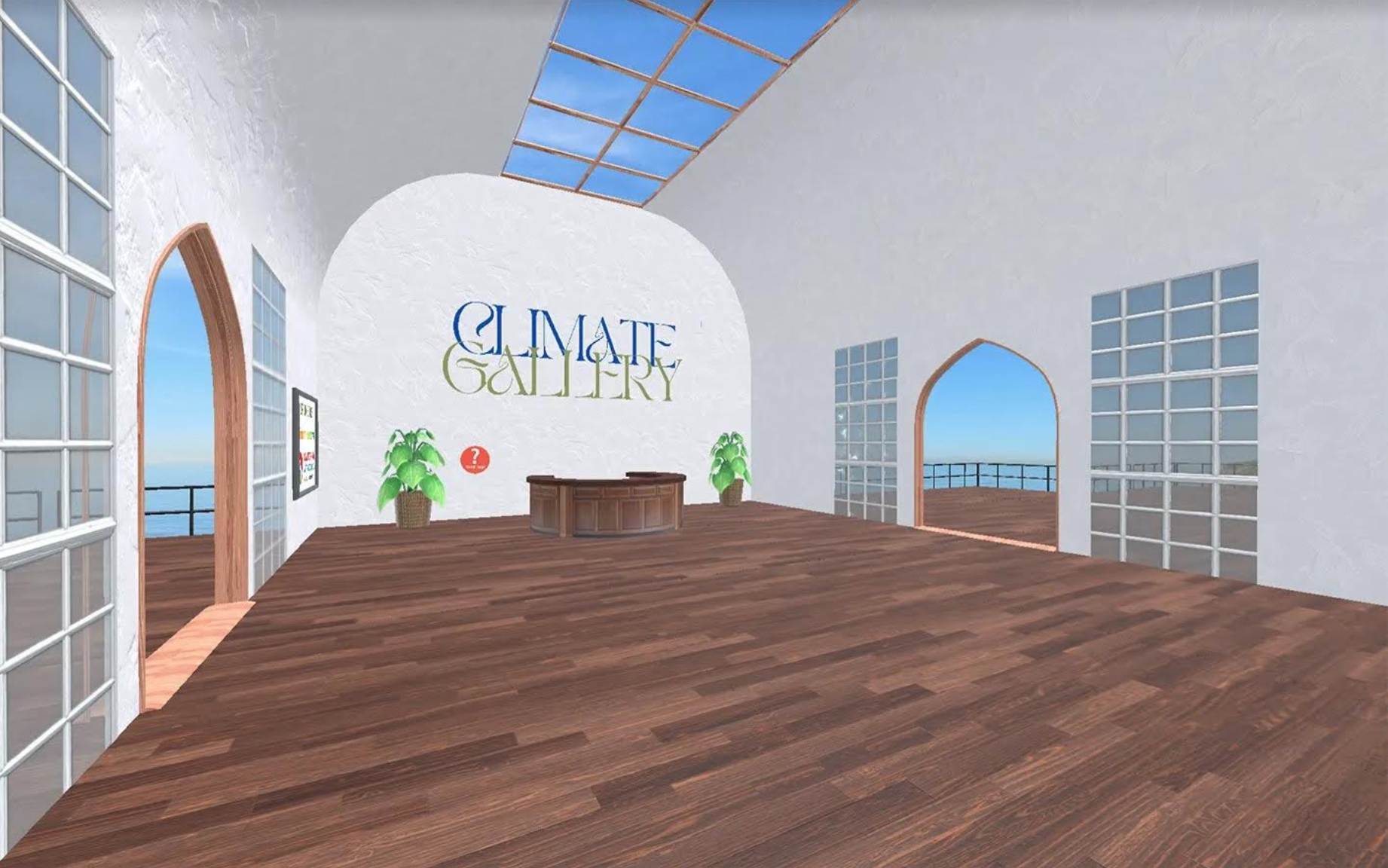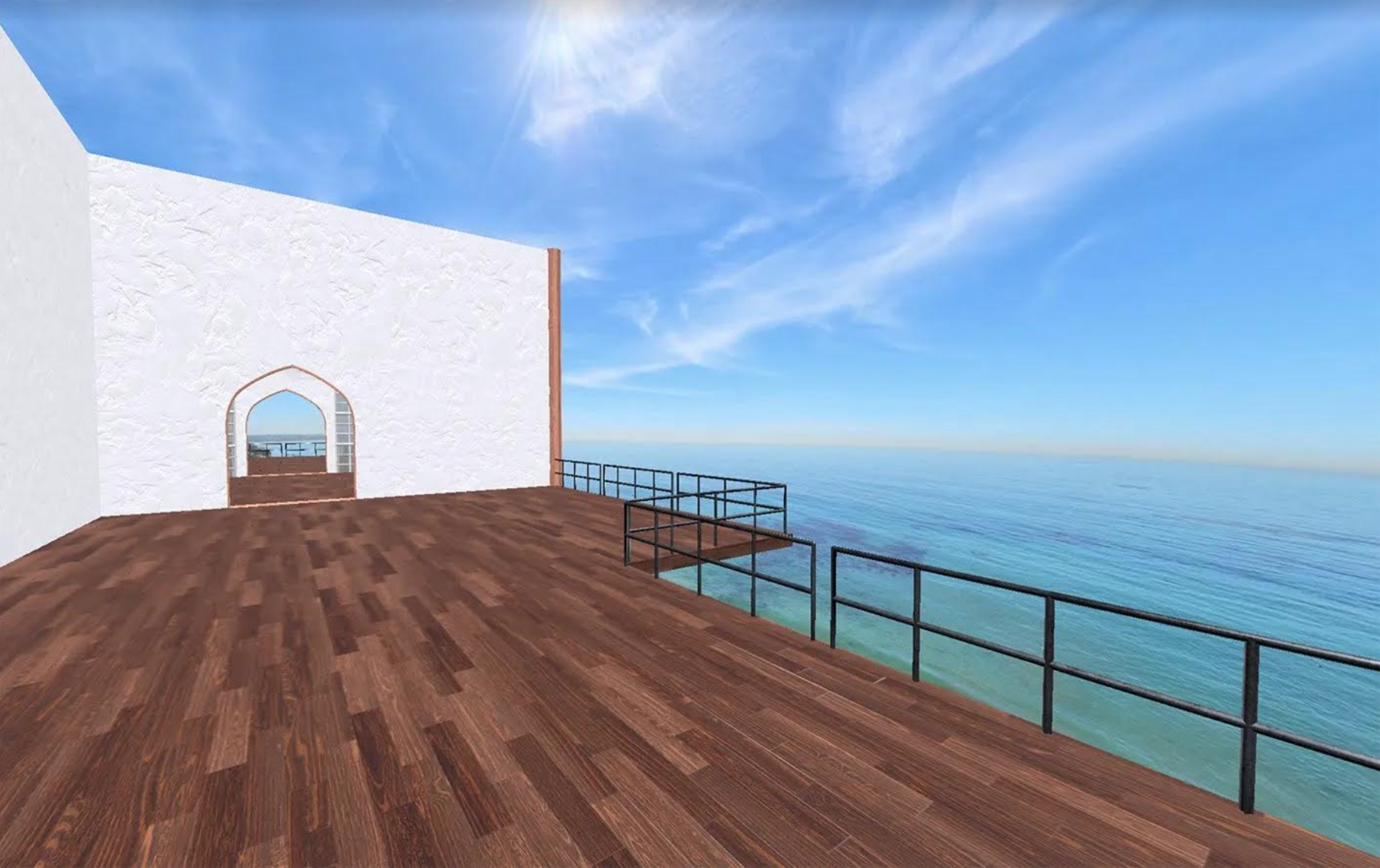
Nonprofit organization Climate Creative is dedicated to utilizing creativity, environmental education, and community building to enact change and inspire local action in the fight against climate change.
Climate change requires creative solutions, and creative solutions require creative people. There is an ongoing belief that environmental advocacy is for scientists, environmentalists, and intellectuals—and that is true—but it is also for artists, designers, and creatives.
As Logan Evasco, designer and founder of Climate Creative, put it, “The truth is that everybody is creative. And a lot of times we forget that; we get stuck in our daily lives. But really, creativity is the core of innovation and what we do as people. We come up with new ways to solve problems.”
In 2018 Ms. Evasco became more and more aware of and frustrated with the problems relating to climate change. Realizing the importance of design within climate change Ms. Evasco hosted a San Francisco Design Week panel on climate change. After seeing the overwhelming support from designers, and their interest in fighting climate change, Ms. Evasco created the nonprofit organization “Climate Creative” to harness their interest and address the lack of space for them in the field.
Climate Creative is dedicated to utilizing creativity, environmental education, and community building to enact change and inspire local action in the fight against climate change. Within the organization are various “creative cohorts”. These cohorts bring together multidisciplinary artists to work together on environmentally based projects, as well as educate artists in environmental languaging and the realities of climate change.

One of Climate Creative’s major upcoming projects is the “Climate Gallery”.
One of Climate Creative’s major upcoming projects is the “Climate Gallery”. This virtual reality art gallery will be open November 11th-15th, 2022, and will feature multimedia pieces from climate artists, based on the gallery’s theme of “Artivism”, a blending of art and activism.
Each of the four featured artists will have their own gallery within the VR space and the opportunity to both display and speak about their work. Participants can converse with artists and learn about their work, inspirations, and passion for environmental advocacy.
As Ms. Evasco explained, Climate Gallery’s intention is “to engage in live conversations online, to break geographic barriers of participation, and to support local climate and environmental justice organizations through sub-grants.”
The virtual reality gallery can be accessed from anywhere around the world, opening the experience to as many people as possible. A VR headset is also not required; all a participant needs is a browser, and to obtain a free ticket to the virtual event (though donations to the organization are encouraged).
“This [climate change] is a global problem, obviously,” Ms. Evasco said, “But we’re trying to kind of take a global problem and localize it. So each artist will be talking about their own community.”
Climate Gallery aims to aid communities through its “microgrant” opportunities. Any donations gained through the event are split among three categories. One third of the donations goes toward running the Climate Gallery and for the expenses of the anticipated next Climate Gallery. Another third of the donations goes towards the artists fund, as each artist is given a stipend of $1000 for their work and participation. The last third of the donations goes towards the microgrant fund.

The “Climate Gallery” virtual reality art gallery will be open November 11th-15th, 2022.
Microgrants are awarded to various environmental organizations connected to the Climate Gallery that are acting within their communities. For example, one organization that has been slated to receive a microgrant works around the Bayview Hunters Point area in San Francisco, remedying a toxic waste dumping site. Organizations can apply to receive microgrants through the Climate Gallery website’s contact form; applications will be considered for the new granting period in May.
As the Climate Gallery is fueled by artists, there is a great emphasis placed on supporting artists, both through compensation and by creating a space for them to be heard. “We believe that artists need to have fair representation within their own cultural contexts…a lot of times artists get taken out of spaces that are molded by them,” Ms. Evasco said. “We are trying to work to [highlight] the unequal results of climate change. Frontline and fenceline communities, usually people of color, or people of lower income, are going to be the first people who will feel the effects of climate change. So we’re trying to amplify those voices first.”
After November 15th, the last day of the Climate Gallery event, the gallery will become permanently open to the public as a website for anyone to visit and explore. However, Ms. Evasco said the long-term vision is for the Gallery to also exist within a physical space. “But also, it wouldn’t just be a gallery,” Ms. Evasco said. “It would also be a resiliency hub, a location for environmental activists to come together and plan: what they want to be working on, their protests, or trying to get some kind of initiative on the ballot.”

The “Climate Gallery” virtual reality art gallery will feature multimedia pieces from climate artists, based on the gallery’s theme of “Artivism”, a blending of art and activism.
The short-term vision for the Climate Gallery is to have a successful event, and gain more sponsorships and partnerships, in order to increase the stipend for artists and the amount of microgrants that can be given for the next gallery. Having a successful event also means inspiring participants to get involved in environmental activism in creative and new ways.
“Just get involved at the local level,” Ms. Evasco said. “You don’t have to solve the whole thing yourself. Whatever skill set you have, you can apply that to climate activism.”
This story was produced in collaboration with CivicStory (www.civicstory.org) and the NJ Sustainability Reporting project (www.SRhub.org).
